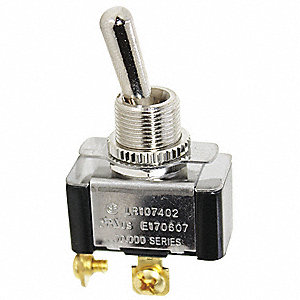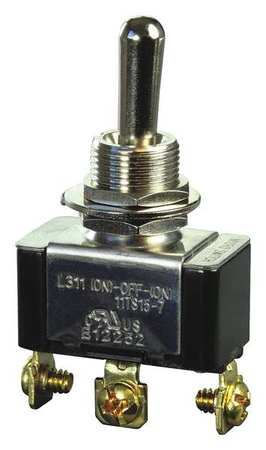1) Is it true that only the hot wire, for each power block, needs to be run thru the switch to control power blocks, and that only one common needs to be connected to the track? I would like a bit of clarification on this.
2) What do you all use for toggle switches for power blocks, and is there any way that the current can run directly thru them, or is it a requirement to use relays?
3) If relays are required, can someone make recommendations on type, brand, specks, etc., for the relays to use, and a bit on how they are wired up?
Thanks






